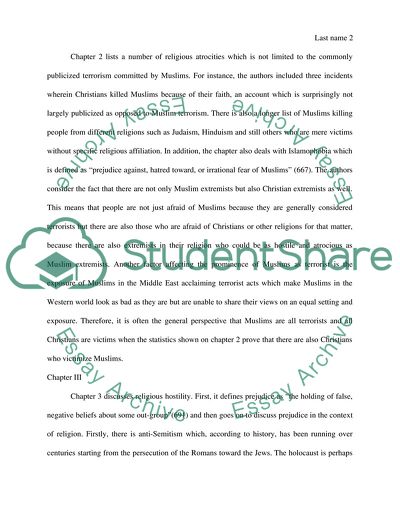Cite this document
(Analysis of Religious Hostility - A Global Awareness of Hatred and Book Report/Review, n.d.)
Analysis of Religious Hostility - A Global Awareness of Hatred and Book Report/Review. Retrieved from https://studentshare.org/religion-and-theology/1857390-christian-faith-and-global-islam
Analysis of Religious Hostility - A Global Awareness of Hatred and Book Report/Review. Retrieved from https://studentshare.org/religion-and-theology/1857390-christian-faith-and-global-islam
(Analysis of Religious Hostility - A Global Awareness of Hatred and Book Report/Review)
Analysis of Religious Hostility - A Global Awareness of Hatred and Book Report/Review. https://studentshare.org/religion-and-theology/1857390-christian-faith-and-global-islam.
Analysis of Religious Hostility - A Global Awareness of Hatred and Book Report/Review. https://studentshare.org/religion-and-theology/1857390-christian-faith-and-global-islam.
“Analysis of Religious Hostility - A Global Awareness of Hatred and Book Report/Review”, n.d. https://studentshare.org/religion-and-theology/1857390-christian-faith-and-global-islam.


